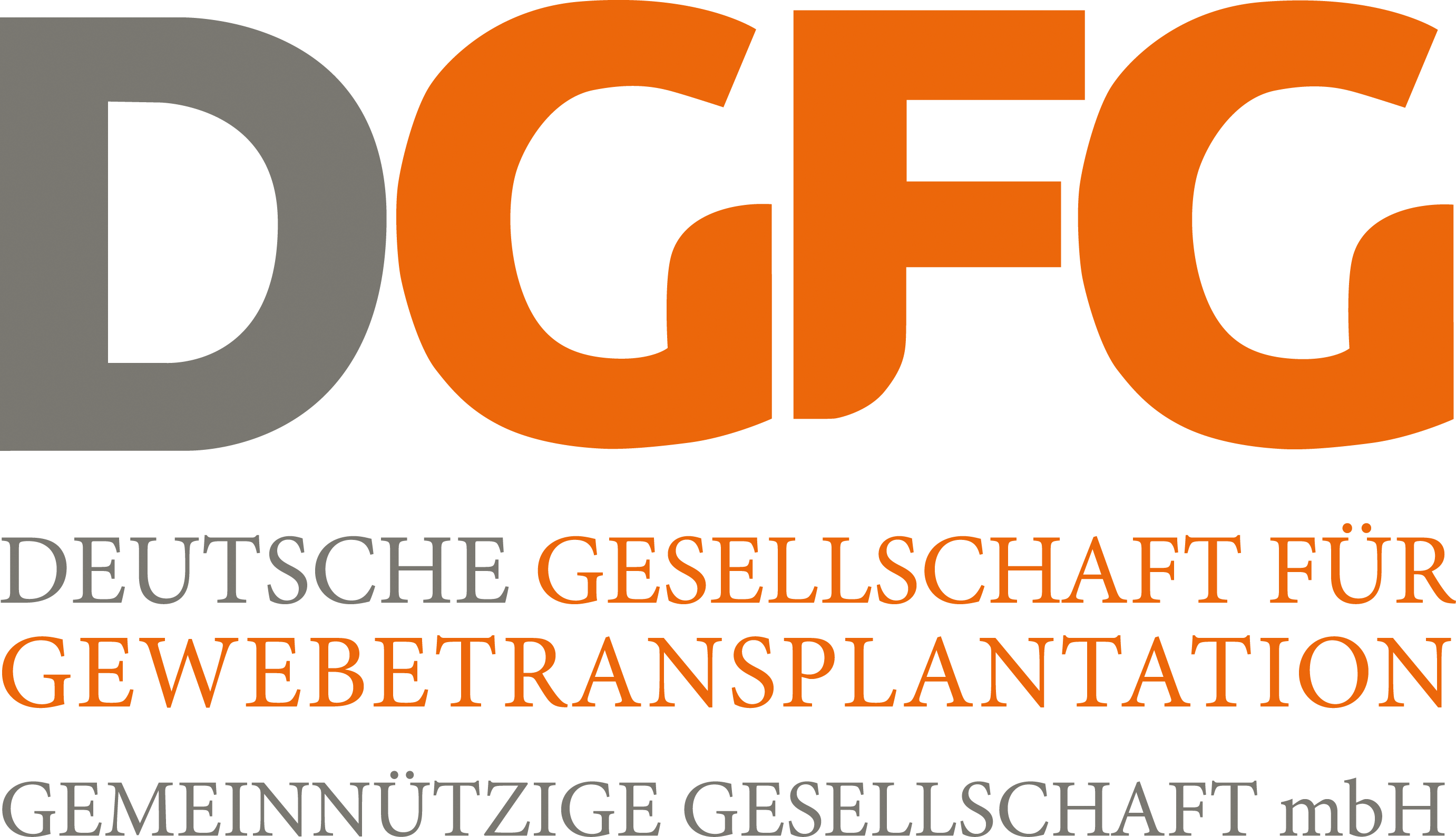The tissue donation is strictly regulated
In Germany, the donation and transplantation of human tissue is regulated by the Tissue Law [Gesetz über Qualität und Sicherheit von menschlichen Geweben und Zellen (Gewebegesetz)]. The Tissue Law was passed by the Bundestag on 25 May 2007 and came into force on 1 August 2007. It implements the EC Tissue Directive 2004/23/EC, from the year 2004. The directive is intended to create uniform quality and safety standards for tissue products throughout the EU.
These standards concern the donation, procurement, testing, processing, preservation, storage and distribution of human tissues and cells. The Tissue Law is an article law. It implements the EU Directive primarily through amendments to the Medicinal Products Act (AMG) and the Transplantation Act (TPG). The Transfusion Act (TFG), the Pharmacy Operating Regulations (ApBetrO) and the Ordinance for Wholesale Pharmaceutical Companies (AMGrHdlBetrV) are also affected.
The German Medicinal Products Act regulates, among other things, licensing issues relating to the removal and preparation of tissues and their placing on the market. It also contains regulations on the reporting of serious incidents involving tissue preparations. Legal issues relating to tissue donation, such as the clarification and obtaining of donor consent by relatives and the ban on tissue trade, are anchored in the Transplantation Act (TPG). Quality and safety requirements for tissue establishments are also formulated there. The German transplantation law has been in force since 1 December 1997. With the Tissue Act, which followed ten years later, tissue donations were included in the TPG. For the first time, a general trade ban for non-manufactured and well known tissue preparations, such as heart valves or corneas, has been legally established.
Different regulations are therefore important for tissue preparations and organs. The reason for this is that, unlike organs, every tissue undergoes a number of processing steps before transplantation. This includes cleaning and preservation processes. Tissue transplants are also preserved before transplantation, while organs are implanted immediately after removal. All these steps are monitored by the authorities, which leads to more comprehensive process definitions and quality management procedures. The aim is to ensure a high level of safety and quality for all recipients of tissue transplants.
Relevant laws and regulations on the Internet (in German)
Gesetz über die Spende, Entnahme und Übertragung von Organen und Geweben (Transplantationsgesetz)
Gesetz über den Verkehr mit Arzneimitteln (Arzneimittelgesetz)
Arzneimittel- und Wirkstoffherstellungsverordnung (AMWHV)
TPG-Gewebeverordnung (TPG-GewV)
Richtlinie zur Gewinnung von Spenderhornhäuten und zum Führen einer Hornhautbank

